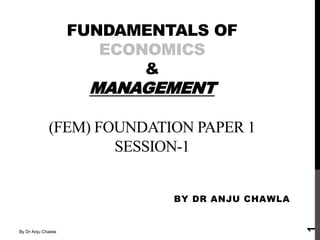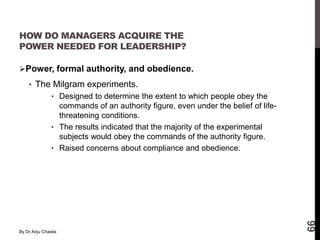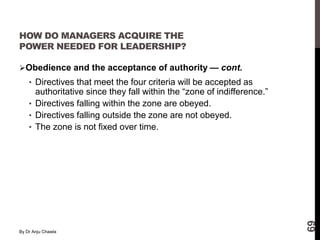The document summarizes the key concepts from a lecture on fundamentals of economics and management. It discusses the management process, including the functions of planning, organizing, staffing, leading, and controlling. It also covers the evolution of management theory from early theorists like Taylor and Fayol to modern organizational theory. The document provides an overview of the core topics presented in the lecture.











































































